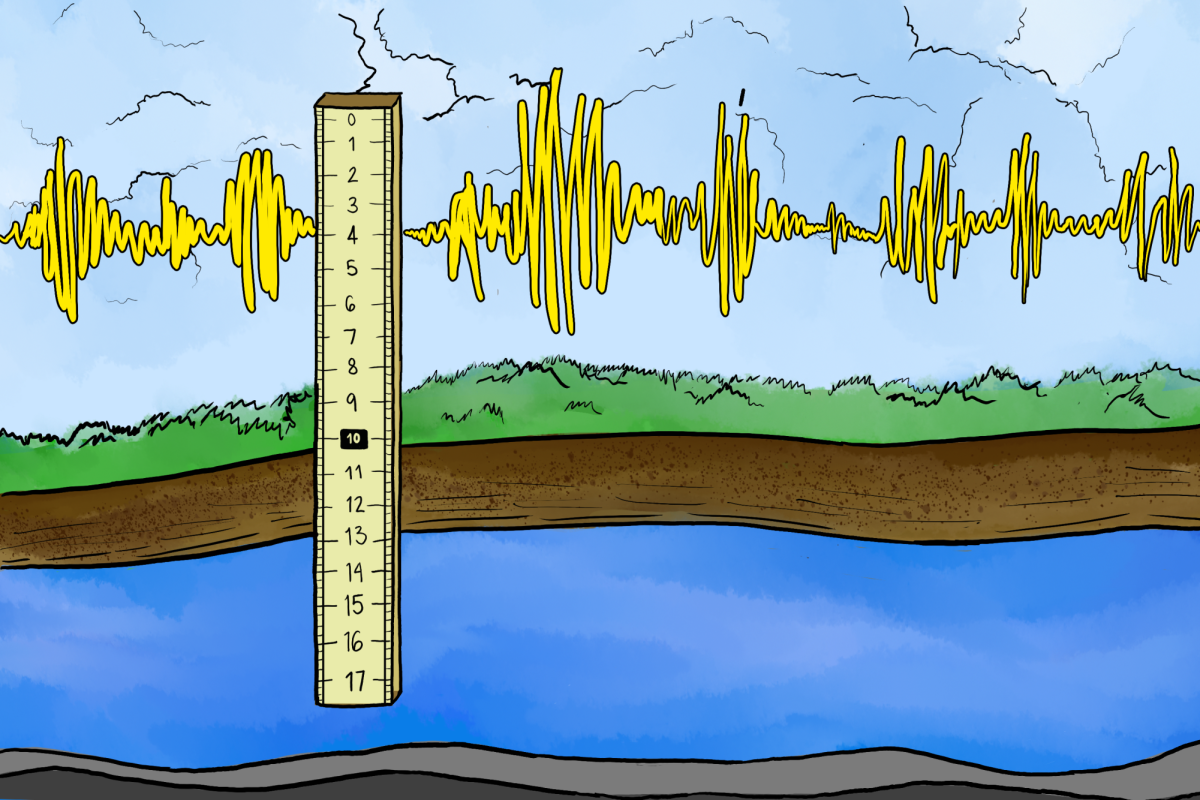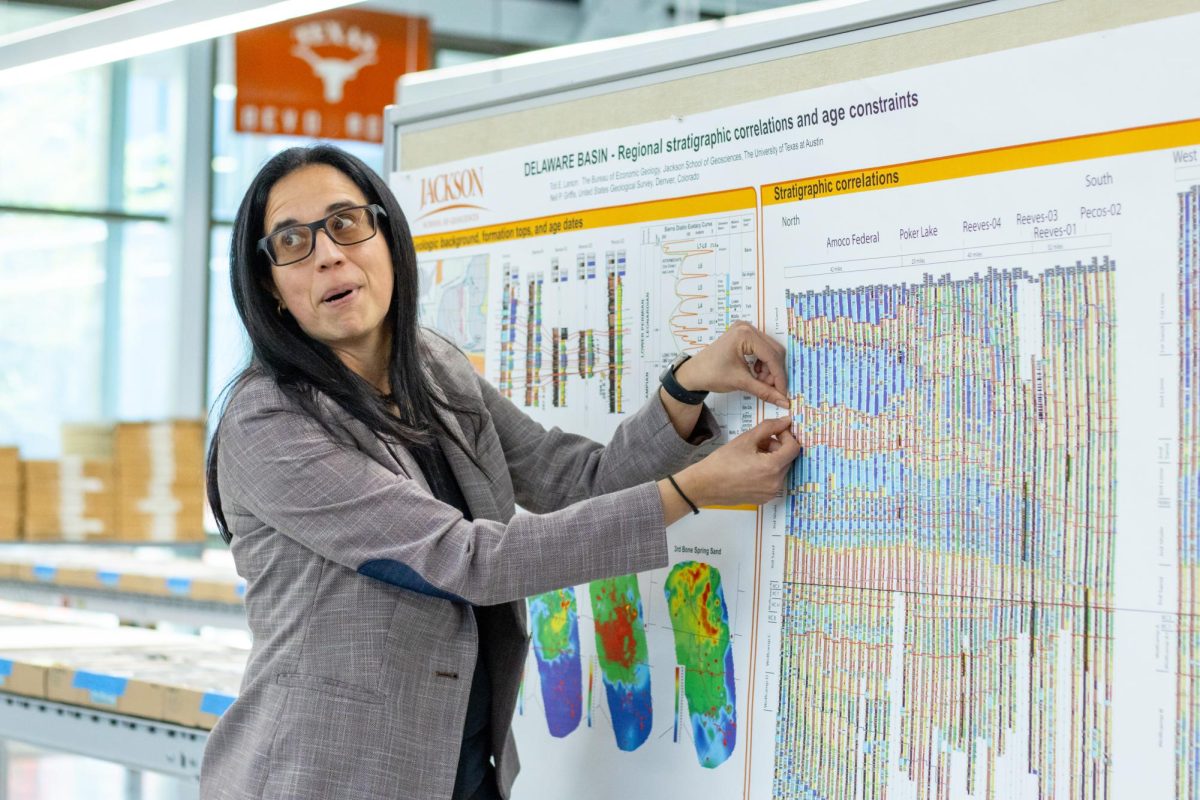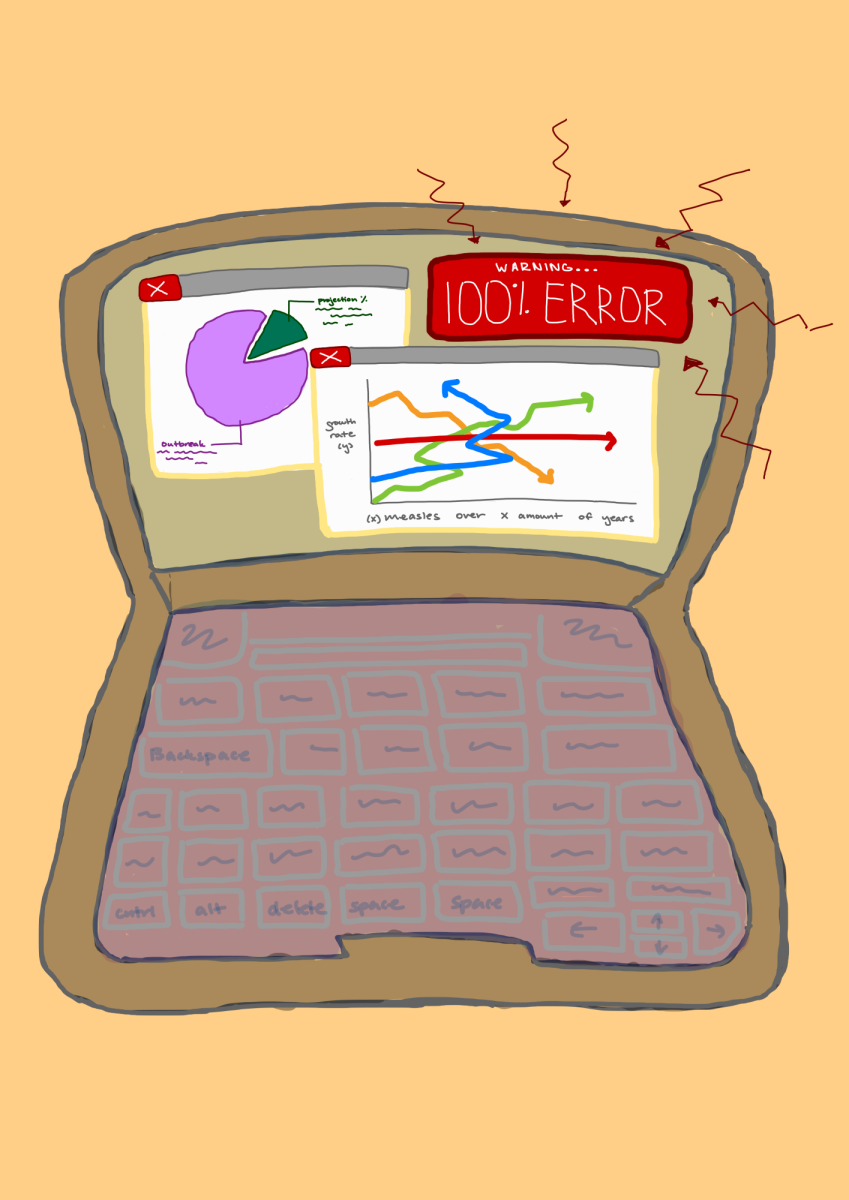A UT assistant professor developed a new method for measuring groundwater that uses existing seismic infrastructure, according to a Feb.13 study.
Shujuan Mao, an assistant professor at the Jackson School of Geosciences and lead author of the study, discovered the new approach that uses seismometers, or devices that measure ground vibrations, to determine groundwater levels. The seismic stations were initially designed to study earthquakes.
“The basic idea is that the earth is vibrating all the time everywhere,” Mao said. “These vibrations are ever-present everywhere, but most of the time, they are so weak that we don’t even notice.”
Mao said the seismic stations used to record the vibrations already existed in Los Angeles, making the project more cost-effective than other groundwater measurement methods such as drilling wells.
“We realized that there was a more affordable way to measure the groundwater dynamics,” Mao said in the news release. “The seismic infrastructure is already in place, and the data has been captured continually for decades. It’s a buy-one-get-one-free technology.”
While this study was specific to Los Angeles’ infrastructure, Mao said the technology can be applied to anywhere that has seismometers, including Texas.
“There are already permanent seismic stations in many areas in Texas,” Mao said. “In these places, we can already apply this approach.”
Over 1 million people in Travis County are affected by drought, according to the National Integrated Drought Information System, and about 82% of Travis County is under extreme drought.
Measuring groundwater is important for Texas, Mao said. According to a 2023 Texas Comptroller report, groundwater makes up 55% of Texas’ water supply, and supply is not expected to keep up with demand in the long term.
“Approximately one-quarter of Texas’ population would face municipal water shortages without additional supplies by 2070,” the report said.
Gregory Beroza, Stanford geophysics professor and study co-author, said this technology is also leading to greater innovation and development in water storage technology, such as capturing stormwater and storing it underground.
“There is this idea that during big storms, we could actually try to capture this storm water and percolate it into the groundwater reservoirs,” Mao said. “Currently because of the lack of understanding about groundwater structure, it’s not super efficient … but now there are a lot of efforts going on to enhance this storm water capture (to fight droughts).”














